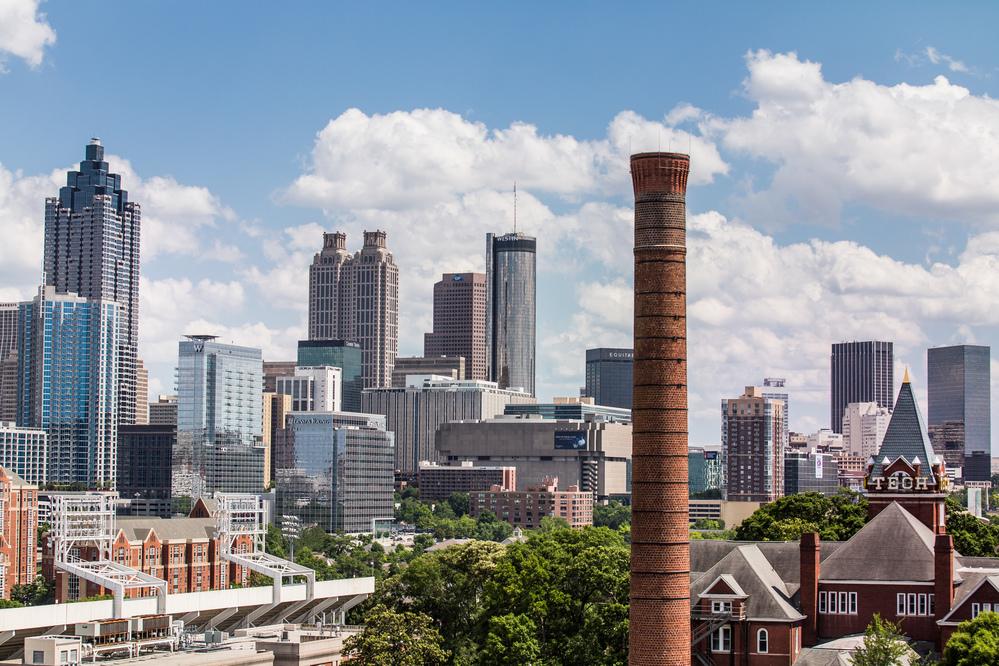
On April 25, 129 educational innovators from around the world gathered in Scottsdale, Arizona to discuss the future of education. The event fostered a great deal of conversation and collaboration among participants due to its “unconference” format in which the agenda, speakers, and topics of discussion were determined throughout the conference proceedings.
So, what was this particular “unconference” experience like for participants? How would these conversations unfold? I traveled to Scottsdale to find out.
Unconferencing
Through a combination of online pre-work, pre-arranged “Lightning Talks,” idea proposals, and conversation, we arrived at “neighborhoods” that were organized around the topics that garnered the most energy. Neighborhoods were small groups of loosely organized participants, and were given a great deal of freedom to determine how to work.
I participated in neighborhoods focusing on micro-credentials and extended/virtual reality. Eventually, each neighborhood reported to the full group as a graphic facilitator recorded all of the conversations. Which brings me to my next reflection…
Graphic Facilitation
A graphic facilitator recorded almost every conversation that occurred throughout the conference. You’ve seen these artists at recent conferences – typically they record keynotes and big presentations. However, I’ve never seen a graphic facilitator attempt to make sense of freewheeling conversations among 130 people.
In real-time, the graphics felt interesting but unnecessary. However, upon returning to these boards after conversations had taken place, one could really see the value. I often stared at these boards and said to myself, “I’d forgotten about that idea.” Even one of my own ideas about artificial intelligence surprised me when I later spotted it on a board.
Micro-Credential Neighborhood
The neighborhood in which I felt the most enthusiasm was focused on micro-credentialing. We discussed ways to recognize and document a person’s comprehensive learning experiences – from pre -chool through retirement. We talked about the need for shared standards and taxonomies; otherwise these credentials would become meaningless. Most importantly, we emphasized the need to partner on this work with stakeholders, including registrars, industry leaders, and K-12 leaders.
During a brainstorm about possible ways to support learners who are attempting to make sense of their experiences in a world of micro-credentials, I took the opportunity to plug my favorite idea included in Georgia Tech’s CNE report: a personal board of directors.
Old People and the Future
One topic that came up throughout the conference – during lightning talks, a panel of CIO’s from several universities, and several neighborhoods – was the generational divide between higher education innovators and the average college students of today. Questions included:
-
Why aren’t there students at this unconference?
-
Why is there so little representation from innovators in their 20’s and 30’s?
-
What are ThunderCats? (See below)
Final Communiqué
The list of invited participants was created by a group of hosts and attendees from a variety of schools and organizations. This same group is now working to digest the conversations and outcomes into a final communiqué. My hope is that the communiqué will continue the conversations that began at the unconference and on Twitter via #shapingedu. This document will be made available soon at https://uto.asu.edu/shapingedu.
All of the images taken from https://uto.asu.edu/graphics